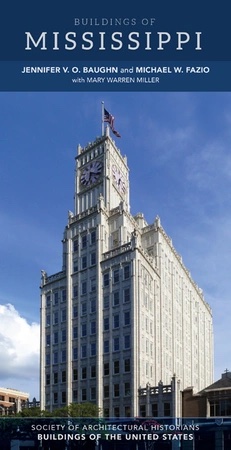
The Woodlawn neighborhood developed from the Woodlawn estate of Jefferson Beaumont that was subdivided into building lots in response to the post—Civil War movement of African Americans from plantations into the city. The buildings are primarily residential, small, and vernacular. The three-bay cottage (c. 1900) at 20 E. Woodlawn Street was once home to Richard Wright, author of Native Son (1940) and Black Boy (1945). The one-story Craftsman-influenced house at 1011 N. Union Street was the residence of jazz musician Bud Scott. The neighborhood grew to encompass other antebellum properties including Elmo, a large house (c. 1904 burned) where Natchez College was established in 1885. For over a century the college, which functioned primarily as a preparatory school and junior college, played an important role in the education of African Americans in Mississippi. Students included Anne Moody, who wrote Coming of Age in Mississippi (1968). The college’s most significant surviving building is the Women’s Dormitory (c. 1930; 1010 N. Union Street), a two-story nine-bay brick building with a hipped roof, dormers, and a projecting central entrance bay with a crenellated parapet.

